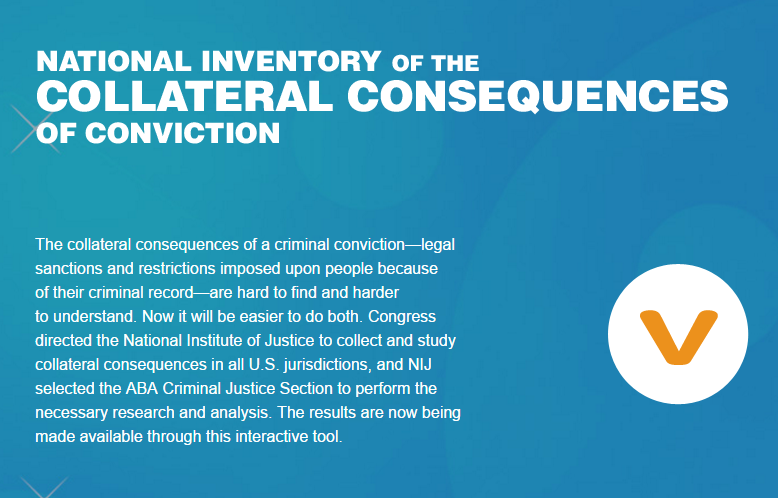New Yorker comments on collateral consequences
Lincoln Caplan writes in this week’s New Yorker about Judge Frederic Block’s decision last week to reduce a woman’s prison sentence because of the life-altering collateral penalties she faced on account of her drug conviction. After describing the facts of the case and the judge’s reasoning, Caplan concludes with the following comments about what Jeremy Travis has called “invisible ingredients in the legislative menu of criminal sanctions”:
The main conclusion of the judge’s opinion is that, while the law allowed him to take account of the civil penalties when he sentenced her, there was nothing he could do to protect her from them. He joined criminal-justice experts in encouraging Congress and state legislatures “to determine whether the plethora of post-sentence punishments imposed upon felons is truly warranted,” and suggested that they do the country “more harm than good.” He didn’t say so, but for many legislatures that would mean carefully assessing these punishments for the first time. As the criminal-justice scholar Jeremy Travis wrote, in 2002, legislatures have often adopted collateral consequences in unaccountable ways: “as riders to other, major pieces of legislation,” which are “given scant attention.” They are, Travis said, “invisible ingredients in the legislative menu of criminal sanctions.”
The judge made clear why the severity of collateral consequences—authorizing discrimination in education, employment, housing, and many other basic elements of American life—means that anyone convicted of a felony is likely to face an arduous future. This predicament has been called modern civil death, social exclusion, and internal exile. Whatever it is called, its vast array of penalties kicks in automatically with a conviction, defying the supposedly bedrock principle of American law that the punishment must fit the crime.
One of the most significant things about Mr. Caplan’s comments is that they make clear he believes collateral consequences are “punishment,” not “regulation,” and should be treated as such. Courts are beginning to regard them as such as well for purposes of applying constitutional principles. See, for example, the three cases now pending in the Pennsylvania Supreme Court, where the validity of the state’s new sex offender registration scheme is at stake. States are increasingly looking at lifetime registration as punishment under their own state constitutions. So it should not be long before the U.S. Supreme Court is asked to reconsider its 2003 holdings that such collateral consequences are immune from constitutional challenge based on the Due Process and Ex Post Facto clauses.

 The National Inventory of Collateral Consequences (
The National Inventory of Collateral Consequences ( The New York Times has two great Sunday editorials on issues relating to collateral consequences. One deals with the issue of
The New York Times has two great Sunday editorials on issues relating to collateral consequences. One deals with the issue of 